Why are we healthy when we’re healthy? This is one of those questions that only occurs to us when, suddenly, we’re not. We have our immune systems to thank, of course; they are just so reliably consistent that we tend to pay attention to them only when something goes awry. In reality, our bodies are under continuous assault, constantly fighting off rogue forces in an effort to keep us healthy.
On a good day, it’s just run-of-the-mill germs, the sun’s damaging rays and various other outside factors that take aim at us. If our immune systems are functioning well, those little insults are easily overcome, and we feel great. On a bad day, the worst assaults, like dreadful infectious diseases — or cancer — make us suddenly aware of how vulnerable our immune systems really are, and leave us wondering what we can do to maximize their effectiveness.
But wouldn’t it work better if we thought of our immune systems before we got sick? Rebecca Katz, MS, thinks so. Katz is one of the country’s leading authorities on how to eat for health during cancer and the author of the new cookbook and nutrition resource The Cancer-Fighting Kitchen: Nourishing, Big-Flavor Recipes for Cancer Treatment and Recovery.
“It’s not just people with cancer who need healthy immune systems,” explains Katz. “That’s one of the big changes from the time my first book came out,” she says, recalling her 2004 book, One Bite at a Time. “It’s only been a few years, but in that time there has been so much more scientific understanding of the role of real food in creating a healthy environment inside the body.”
Her mission as chef at the Commonweal Cancer Help Program in Marin County, Calif., is to manage that ecosystem in two ways: by creating an environment in which the immune system can function well; and by creating an environment that’s inhospitable to cancer.
But can you really improve your immune system simply by adjusting your diet? “A thousand times, yes!” Katz exclaims. “So many studies have been published that show we can influence the quality of our immune system,” she says. “You want to fuel your body with foods that are high in antioxidants and micronutrients. But your body needs food,” she emphasizes, “not just supplements!
“The body often doesn’t know what to do with supplements,” she adds. “Somebody once called me and said, ‘I heard about this antioxidant — resveratrol. Where can I get that so I can cure my friend’s cancer?’ I had to tell her it doesn’t work that way. You can’t just take a lot of supplements or vitamins and cure cancer. In fact, if you megadose on a lot of pills, it can sometimes make your cancer worse.
“Keep in mind that all the good stuff in real food is bioavailable — that is, your body knows how to get it, and it’s presented alongside other stuff that makes it work,” she explains. “And food isn’t just antioxidants and vitamins: It’s fiber and good fats and we don’t even know what else. But it’s coming from the earth and the sun, and it’s what we need to survive.
“I always explain to people that great taste and great nutrition can sit together at the table,” says Katz. “But if you want to nourish yourself, your food has to taste really wonderful. So many people believe that healthy food is hippie gruel that doesn’t taste good. But that’s not true! Real, whole foods, in all their edible parts, are delicious, and those are the things that will connect you back to life and health.”
And if you’re already — knock on wood — healthy? Well, those real foods (like the delicious Chickpea Burgers pictured above) might be just what you need to keep your immune system chugging along on all cylinders, giving you the healthy glow that is your great gift and privilege to enjoy.
Middle Eastern Chickpea Burgers

Makes 17 patties
Ingredients
- 2 cups cooked chickpeas, or one 15-ounce can, drained, rinsed and mixed with a spritz of fresh lemon juice and a pinch of salt
- 1/2 tsp. sea salt
- 1/2 tsp. turmeric
- 1/2 tsp. paprika
- 1/4 tsp. ground cumin
- 1/4 tsp. ground coriander
- 1/8 tsp. ground cinnamon
- 2 tsp. minced garlic
- 1 tsp. minced fresh ginger
- 3 tbs. extra-virgin olive oil
- 2 tbs. freshly squeezed lemon juice
- 2 1/2 cups cooked brown basmati rice
- 3 tbs. finely diced red bell pepper
- 1/4 cup loosely packed minced, fresh flat-leaf parsley
Directions
- Preheat the oven to 375 degrees F, and line a baking sheet with parchment paper.
- Combine the chickpeas, salt, turmeric, paprika, cumin, coriander, cinnamon, garlic, ginger, olive oil and lemon juice in a food processor and process until smooth and well combined, scraping the sides occasionally.
- Transfer the mixture to a bowl and fold in the rice, bell pepper and parsley. Moisten your hands to keep the mixture from sticking, then shape the mixture into 1/4-inch-thick patties about 21/2 inches in diameter. Place them on the prepared pan and bake for 22 to 25 minutes, until the patties start to get dry and crisp on the outside. They will firm up as they cool.
Variation: For a crispy burger, heat 2 teaspoons of olive oil in a skillet over medium heat and cook the patties for about 3 minutes on each side, until golden brown.
Notes: Store in a covered container in the refrigerator for three to five days. To freeze these burgers, either cooked or uncooked, stack them up with parchment paper between the burgers, then wrap first in plastic wrap, then in foil. The parchment paper makes it easy to remove the desired number of burgers from the bundle. Once thawed, cooked burgers can be reheated at 350 degrees F for 15 minutes, and uncooked burgers can be baked as above, at 375 degrees F for 22 to 25 minutes.
Serve with Katz’s Tomato Mint Chutney (recipe below).
Per serving: Calories: 100; Total Fat: 3.5 g (0.5 g saturated, 2 g monounsaturated); Carbohydrates: 15 g; Protein: 3g; Fiber: 3 g; Sodium: 223 mg
Tomato Mint Chutney
Makes 1 cup
Ingredients
- 2 tablespoons extra-virgin olive oil
- 2 shallots, diced small
- 1/4 teaspoon red pepper flakes
- 1 teaspoon cumin seeds
- 1/4 teaspoon brown mustard seeds (see Rebecca’s Notes)
- 2 cinnamon sticks
- 4 cups coarsely chopped fresh tomatoes or diced canned tomatoes
- 3 tablespoons maple syrup
- 1/2 teaspoon sea salt
- 1 teaspoon grated fresh ginger
- 1/4 cup loosely packed fresh mint leaves, chopped
Directions
- Heat the olive oil in a large, heavy skillet over medium-low heat, then add the shallots, red pepper flakes, cumin seeds, mustard seeds, and cinnamon sticks and sauté until the shallots are golden brown, about 4 minutes.
- Stir in the tomatoes, maple syrup, and salt, then lower the heat and simmer for 15 to 20 minutes, until the tomato juices have evaporated.
- Stir in the ginger and mint and serve warm or at room temperature. Goes great with the Middle Eastern Chickpea Burgers (seen above).
Emerald Greens With Orange
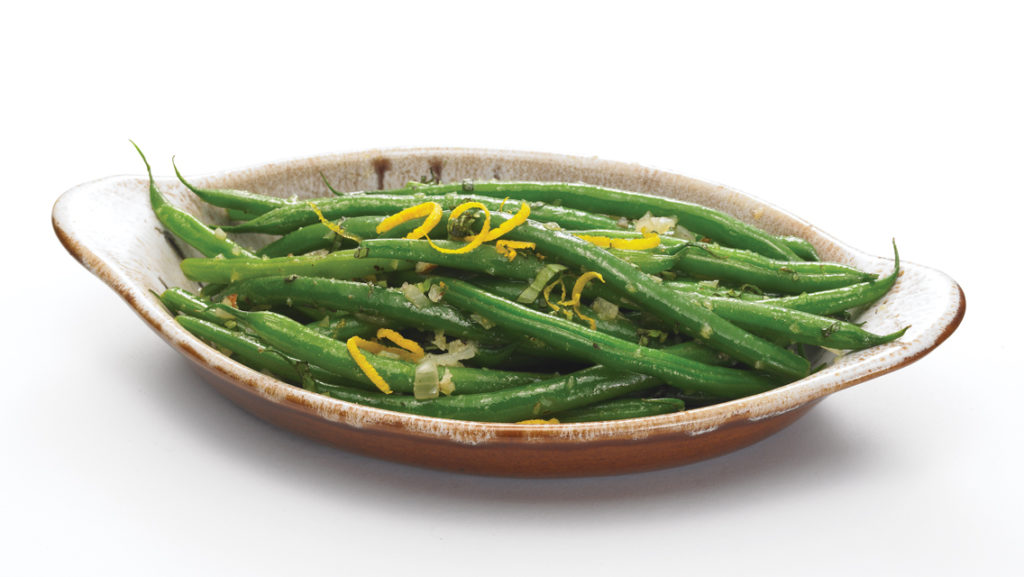
- 2 tbs. extra virgin olive oil
- 1 tsp. minced garlic
- Pinch of red pepper flakes
- 2 tbs. dried cranberries
- 1/4 cup freshly squeezed orange juice
- 6 cups stemmed and chopped Swiss chard, in bite-size pieces
- 1/4 tsp. sea salt
- 1/2 tsp. orange zest
- 1/4 tsp. maple syrup
Direcitons
- Heat the olive oil in a large sauté pan over medium heat, then add the garlic, red pepper flakes, cranberries and orange juice, and sauté for 30 seconds, just until aromatic.
- Add the chard, salt and zest, and sauté until the color of the chard begins to darken and intensify. Use a slotted spoon to transfer the greens to a bowl, then bring the liquid in the pan to a boil. When the liquid shrinks in from the sides of the pan and thickens a bit, stir the greens back in, then stir in the maple syrup.
- Taste, and add another pinch of salt if necessary. Serve immediately.
Variation: To make this a real jewel of a dish, omit the cranberries and sprinkle 2 tablespoons of gorgeous ruby red pomegranate seeds over the greens just before serving.
Per serving: Calories: 90; Total Fat: 7.2 g (1 g saturated, 5 g monounsaturated); Carbohydrates: 7 g; Protein: 1 g; Fiber: 1 g; Sodium: 260 mg
Green Beans With Brazil Nuts and Basil
Serves six
Ingredients
- Sea salt
- 1 pound green beans, trimmed
- 2 tbs. extra virgin olive oil
- 2 tbs. chopped shallots
- Freshly ground black pepper
- Freshly squeezed lemon juice
- 2 tbs. finely ground Brazil nuts or walnuts
- 2 tbs. finely chopped fresh basil
- 1/2 tsp. lemon zest
Directions
- Bring a generous amount of water (about 8 cups) to a boil.
- Add 1/4 teaspoon of salt and the green beans, and cook until tender but still crisp, three to six minutes. Drain the green beans, then run them under cold water to stop the cooking process.
- Heat the olive oil in a large sauté pan over medium heat, then add the shallot and a pinch of salt, and sauté until translucent, about one minute.
- Stir in the beans, add 1/4 teaspoon of salt, and cook, stirring occasionally, until heated through, about two minutes. Remove from the head and add several grinds of pepper, a spritz of lemon juice, and the nuts.
- Toss with the basil and lemon zest before serving.
Per serving: Calories: 320; Total Fat: 8.3 g (1.1 g saturated, 4.1 g monounsaturated); Carbohydrates: 47 g; Protein: 18 g; Fiber: 12 g; Sodium: 110 mg
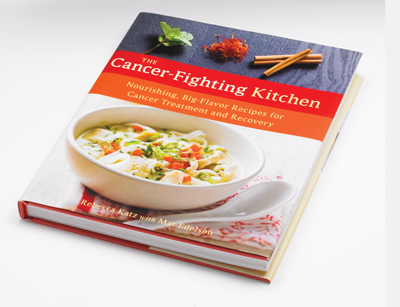 Recipes reprinted with permission from The Cancer-Fighting Kitchen: Nourishing, Big-Flavor Recipes for Cancer Treatment and Recovery. Copyright © 2009 by Rebecca Katz with Mat Edelson, Celestial Arts, a division of the Crown Publishing Group, Berkeley, CA.
Recipes reprinted with permission from The Cancer-Fighting Kitchen: Nourishing, Big-Flavor Recipes for Cancer Treatment and Recovery. Copyright © 2009 by Rebecca Katz with Mat Edelson, Celestial Arts, a division of the Crown Publishing Group, Berkeley, CA.
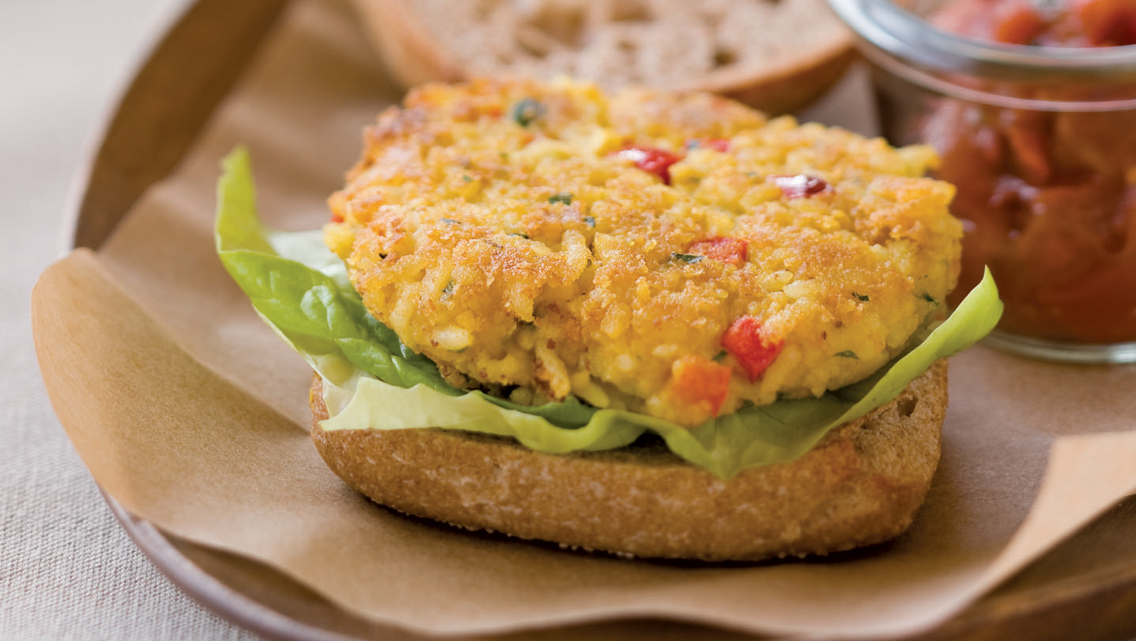
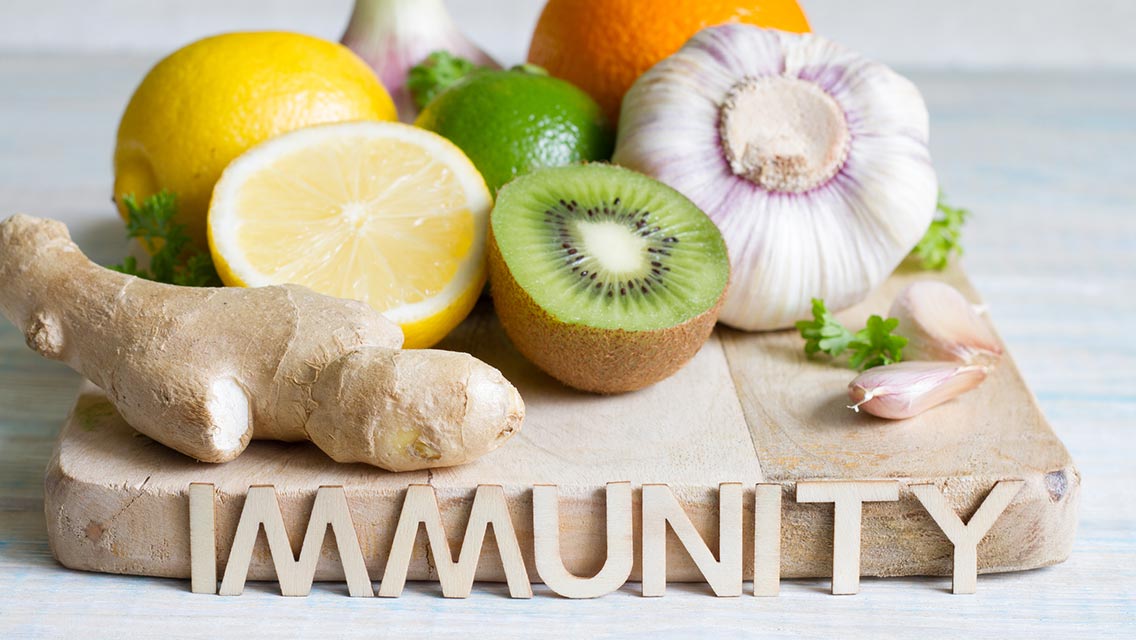
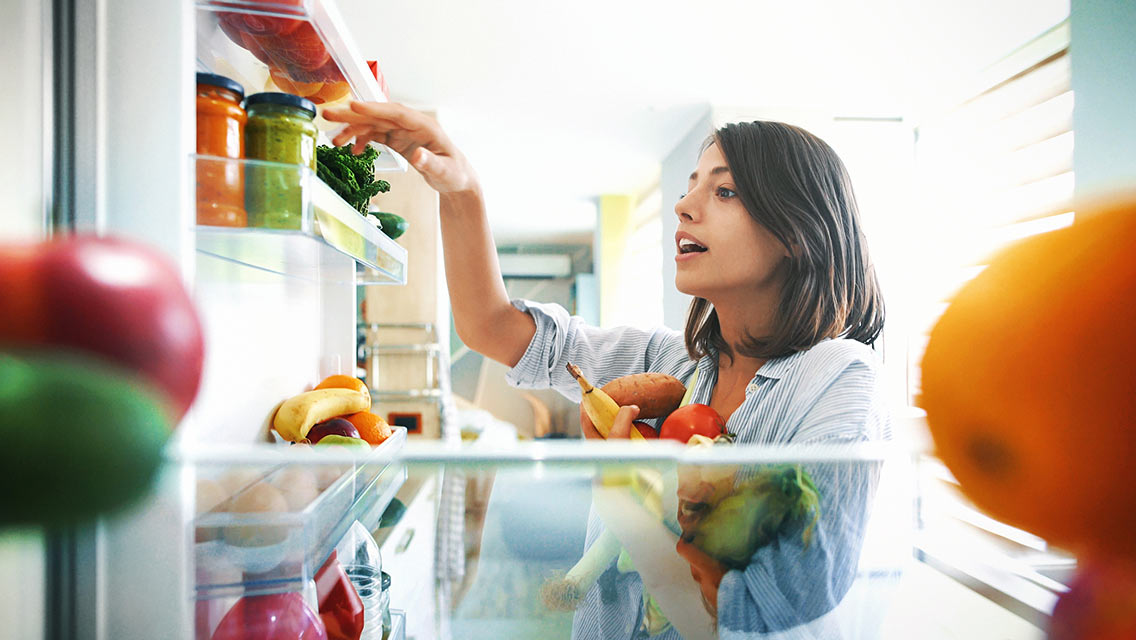
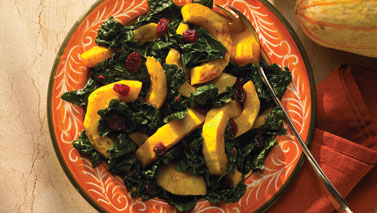
This Post Has 0 Comments